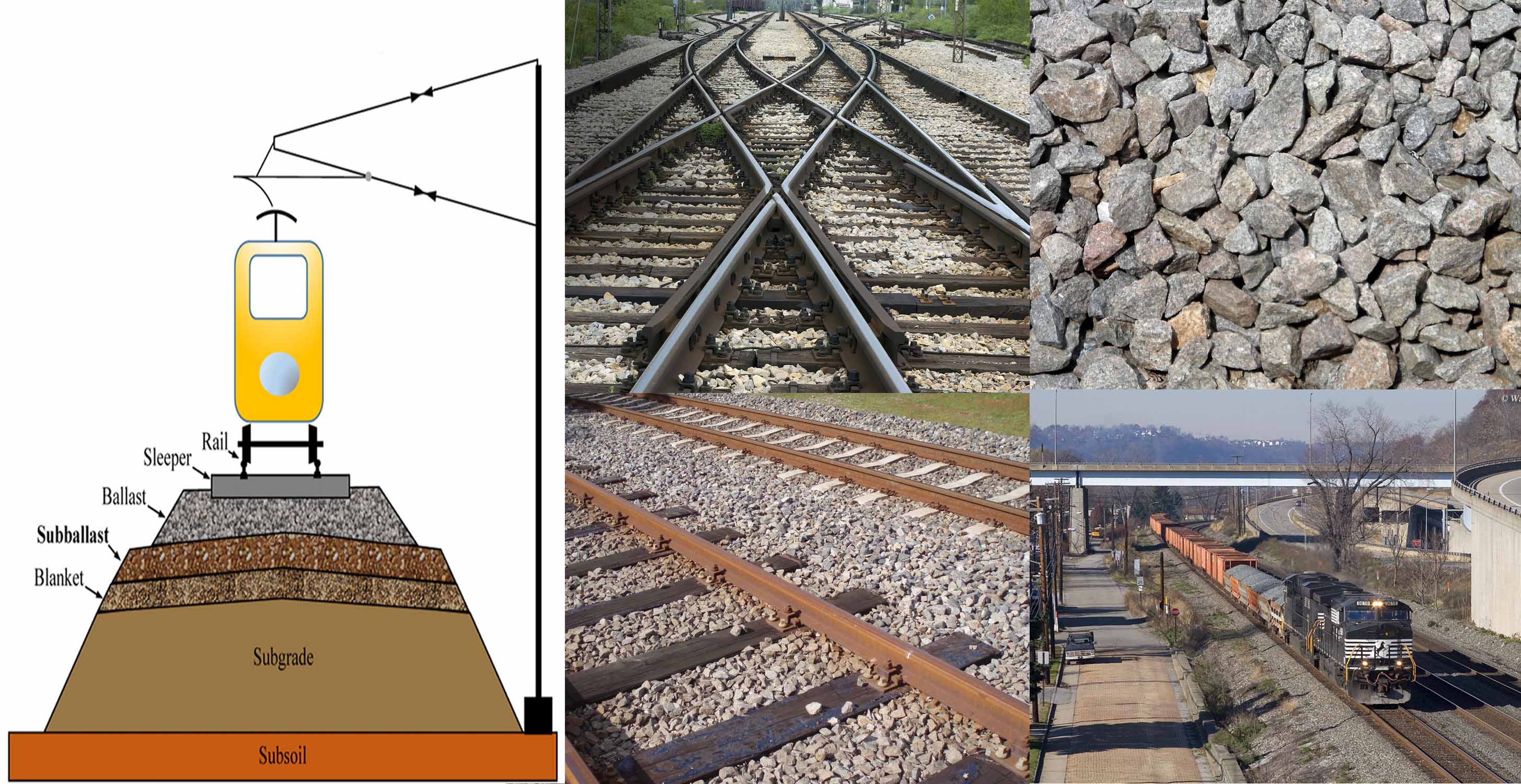The Dynamics Of Railway Track Engineering In Civil Infrastructure

Hey there, have you ever been curious about how trains move and operate? Look no further as we introduce you to the fascinating world of railway vehicle dynamics.
In this article, we will explore the various aspects of railway vehicle dynamics and unravel the mysteries behind this engineering wonder.
Frequently Asked Questions
What is railway vehicle dynamics? Railway vehicle dynamics refers to the science of understanding the way trains move, the forces that act on them and the various factors that affect their movement.
How do trains move forward? Trains move forward by the application of force, which is produced by the traction motors. This force is transmitted to the wheels, which in turn moves the train forward.
What is the role of railway vehicle dynamics? Railway vehicle dynamics plays a critical role in designing and constructing safe, efficient and reliable railway systems. It helps to optimize railway operations, reduce maintenance requirements, and ensure passenger safety and comfort.
Train and Track Interaction
One of the critical aspects of railway vehicle dynamics is the interaction between the train and the track. The forces acting on the train and the track are complex and dynamic. The track needs to be designed to withstand the forces generated by the train, while also ensuring that it is smooth and stable for train movement.
The interaction between the train and the track is affected by several factors, including the speed of the train, the weight of the train, and the condition of the track. The engineers responsible for designing and maintaining railway systems must account for all these factors and ensure that the trains operate safely and efficiently.
Train Dynamic Characteristics
Understanding the dynamic behavior of trains is critical to designing and operating efficient railway systems. Several factors affect the dynamic behavior of the train, including the following:
- The weight and length of the train
- The speed of the train
- The suspension system of the train
- The braking system of the train
Engineers use mathematical models and simulation tools to study the dynamic behavior of trains and optimize the design of the various subsystems. These tools help to ensure that the trains operate efficiently, and also ensure passenger comfort and safety.
Train Braking Systems
Braking is critical to the safe operation of trains. Trains may encounter unexpected obstacles, or the driver may need to make an emergency stop. The braking system must be designed to bring the train to a halt in the shortest time possible, without compromising passenger safety.
Several braking systems are used in trains, including the following:
- Electromagnetic brakes
- Pneumatic brakes
- Hydraulic brakes
Each of these systems has its advantages and disadvantages. Engineers must consider several factors, including the weight and speed of the train, the operating conditions, and the cost, while choosing the most appropriate braking system.
Conclusion
Railway vehicle dynamics is an exciting and dynamic field that plays a critical role in designing and operating efficient and safe railway systems. Engineers use sophisticated mathematical models and simulation tools to optimize various subsystems, ensure passenger comfort and safety, and ensure that the trains operate efficiently.
We hope that this article has given you a better understanding of railway vehicle dynamics and the incredible engineering that goes into designing and operating railway systems. Next time you ride a train, take a moment to appreciate the intricate engineering that makes it all possible.


Post a Comment for "The Dynamics Of Railway Track Engineering In Civil Infrastructure"